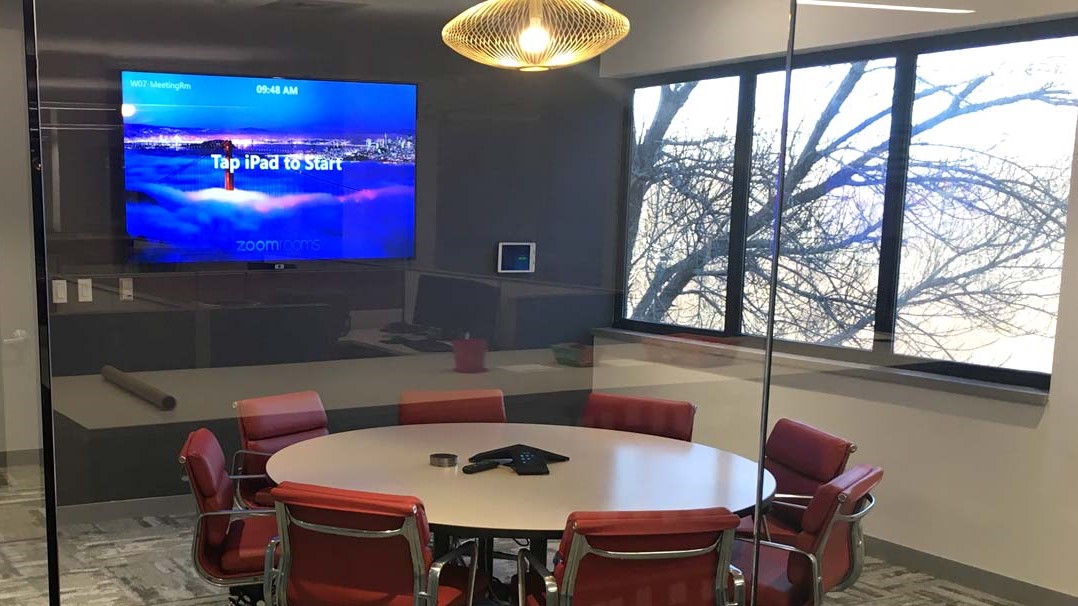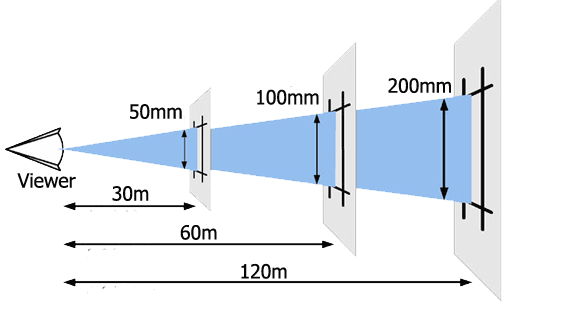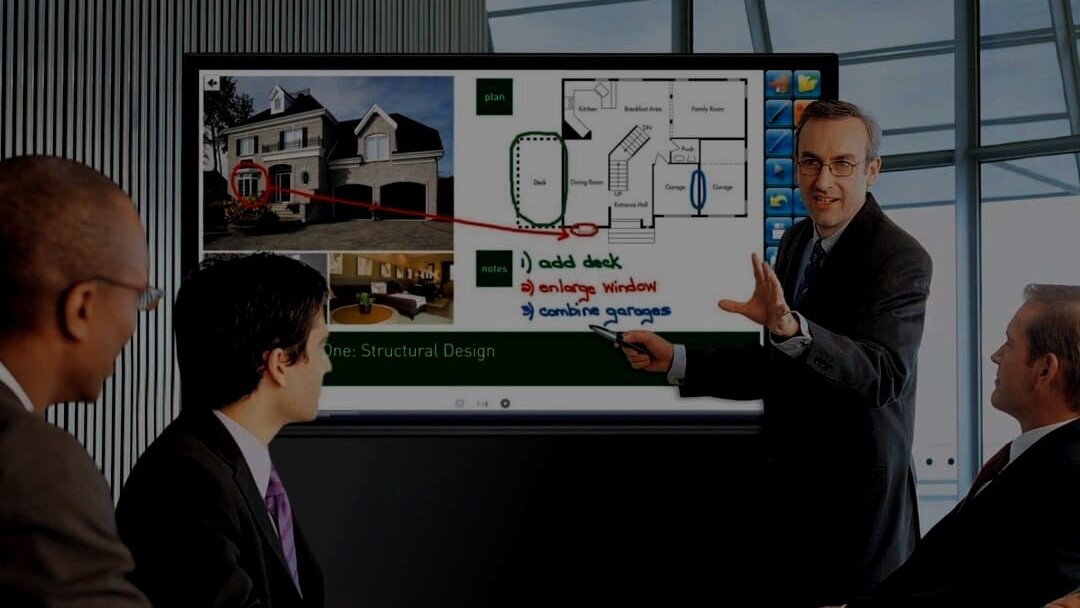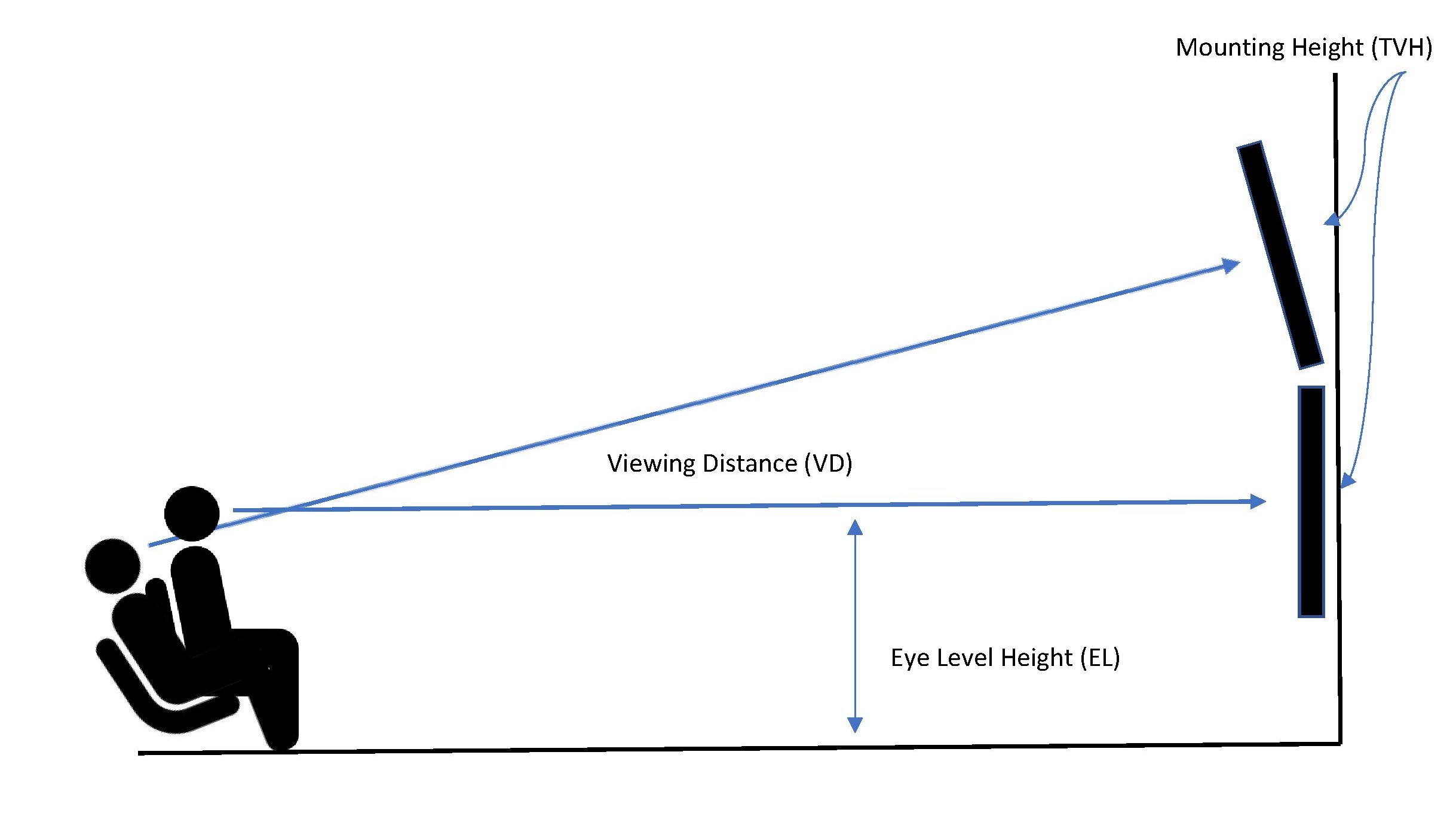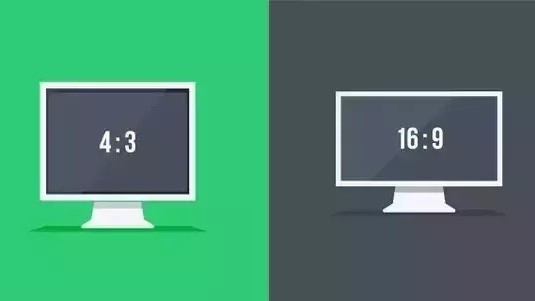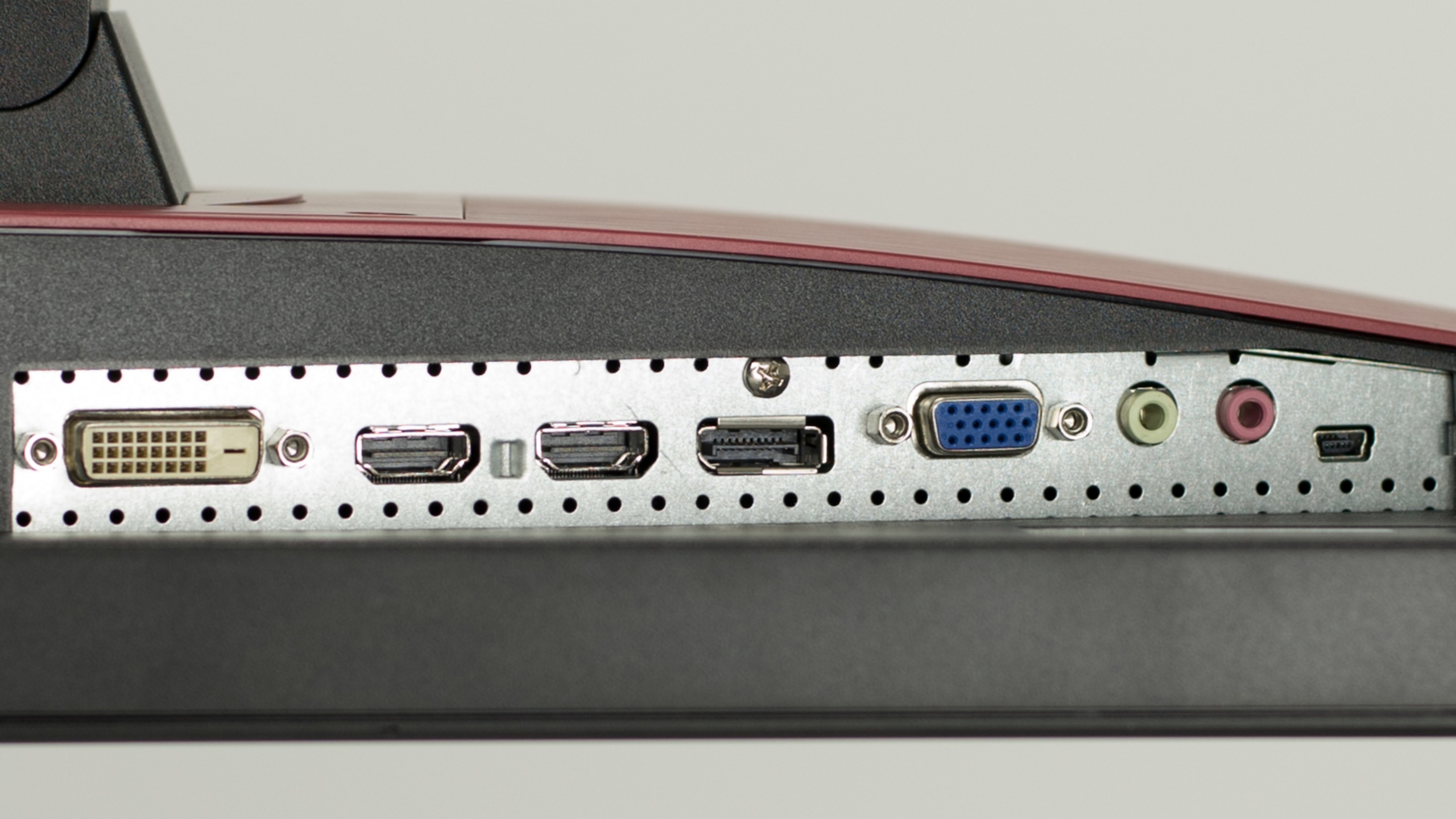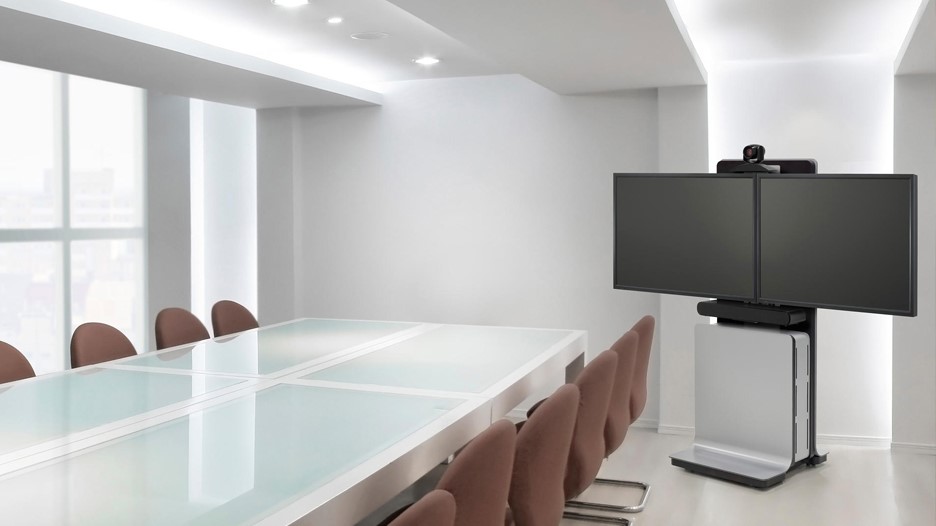Right Display For Your Conference Room
Content visible from every angle
Designing the best solution for the space will start with an analysis of the user’s requirements, along with calculations of the room’s dimensions, viewing distances and angles. The types of content to be displayed, the room’s ambient light, physical mounting options, control system and project budget will all be factored in as well. Addressing the technologies early in the planning phase will allow for the most flexibility in design options and provide the best possible outcome.
Viewing Distance
The viewing distance of the furthest participant is the key factor in determining which display type will be used. There are several different methods to determine what the proper viewing distance and screen size should be, with the most exact determination derived from the AVIXA specification “ANSI/INFOCOMM V202.01:2016, Display Image Size for 2D Content in Audiovisual System”. The IAVIXA standard uses multiple calculations that factor image size, font size, content, viewer positions from multiple locations, ambient light, off-axis viewing, the human eye’s range of sight at various angles, etc. These standards not only apply to presentation spaces, but to more complex applications such as large training venues, auditoriums and Security Operations Centers (SOC) as well.
The calculations below are a general “rule of thumb” and, with smaller less exact spaces, they can be used to guide the final design. Screen size and distance calculations are greatly impacted by the content being presented because the type of content dictates the multipliers (or factors) used in the calculation.
Video Content
Video viewing is the most lenient content type respective to screen size and distance. Smaller screen sizes or longer viewer distances are acceptable. The multiplier we use for general video is 8 times the display’s image height (based on 1920 x 1080P resolution). For example, if using a 55″ Monitor (27″ high screen height), the maximum seating distance would be 216″ (8 X 27 = 216), or 18’. Again, this is for video viewing and not necessarily a comfortable distance for viewing stats and other text-based content. In a mixed-content environment, such as a conference room, the text-content calculation should be used.
Text Content
For corporate environments where presentations including PowerPoint, Excel, Word or Webpages will be shared, a larger image will enhance user engagement by allowing participants to read the content more clearly and comfortably. Some of these presentations will have embedded video or large font types, but one can assume there will be text shown on the screen at least some of the time.
The screen multiplier calculation discussed for video can also be used here but, instead of a multiplier of 8, multiply by 6 for applications where PowerPoint (large font) presentations are commonly shared and 4 for presentations that consist primarily of data rich contents such as CAD drawings, documents from Word or Excel, and Web pages or screen shares. In boardrooms and conference rooms using video conferencing, a multiplier of 4 is recommended since it is a mixed-use application with multiple windows within the display image.
Viewing Angles
Viewing angles are an important consideration, especially with rooms that are wide or where multiple displays are needed to provide proper viewing. For ideal viewing, participants should be within 45 degrees to each side from the center of the screen and the top of the screen should be positioned within 30 degrees above eye level. AVIXA’s standard is more exact, but this general guideline will help set the expectation of screen size and positioning for the application.
Aspect Ratio
Aspect ratio is generally relegated to the most common widescreen aspect ratios of 16:9 and 16:10, with 16:9 becoming more prevalent. Newer Laptops standardized on 16:9, but most new displays and projectors can properly scale a 16:10 image and show it on a 16:9 screen and visa-versa. The system designer will need to address incompatibilities in native resolution when matching a screen to a projector.
Providing the right size screen to accommodate your content will keep your participants engaged and allow for a successful meeting. Do you have a meeting space that could benefit from a more engaging video solution? Call us for a complimentary on-site assessment and let’s get calculating!
Connectivity
Though typically less expensive, consumer flat panels do not always provide the connectivity required for business meetings. Commercial-grade flat panels and business projectors deliver advanced connectivity options, including VGA, USB, HDMI, and even wireless, to accommodate business display needs.
Flexibility
Flat panels can look sleek on a wall, but once installed, they aren’t going anywhere. Portable projectors provide the flexibility to move from room to room. In addition, users can increase and/or decrease image size depending on the room and presentation needs. Users can also place a projector where convenient – even off to the side of a room – using setup features to change the image size and shape.
We’d love To Meet You In Person Or Via The Web!
Main Office: Suite M-01, 512, 3rd Street, Abu Dhabi, UAE
Phone: + 971 2 6767019
WhatsApp: + 971 55 3979668
Email: web@OfficePlusUAE.com

